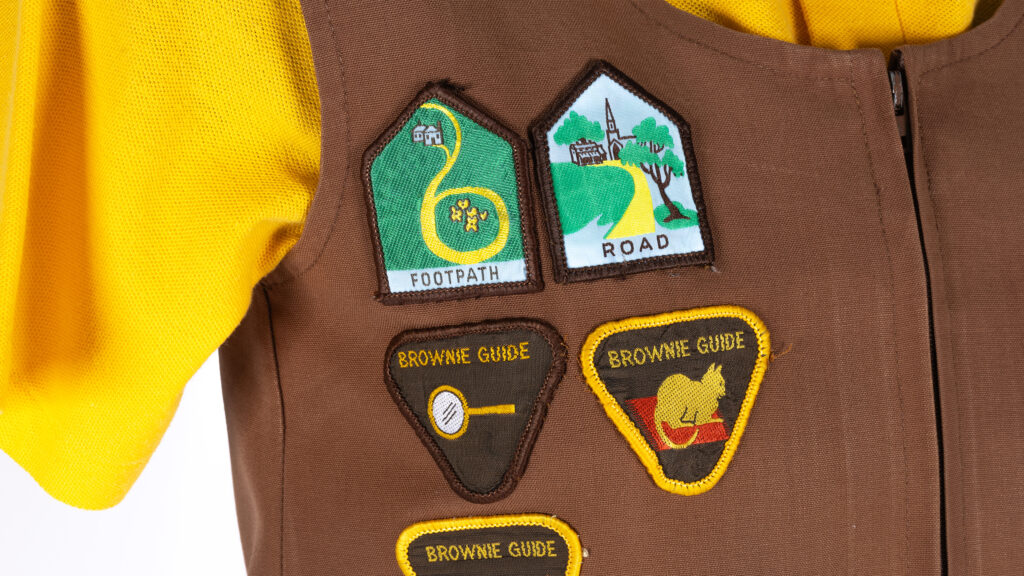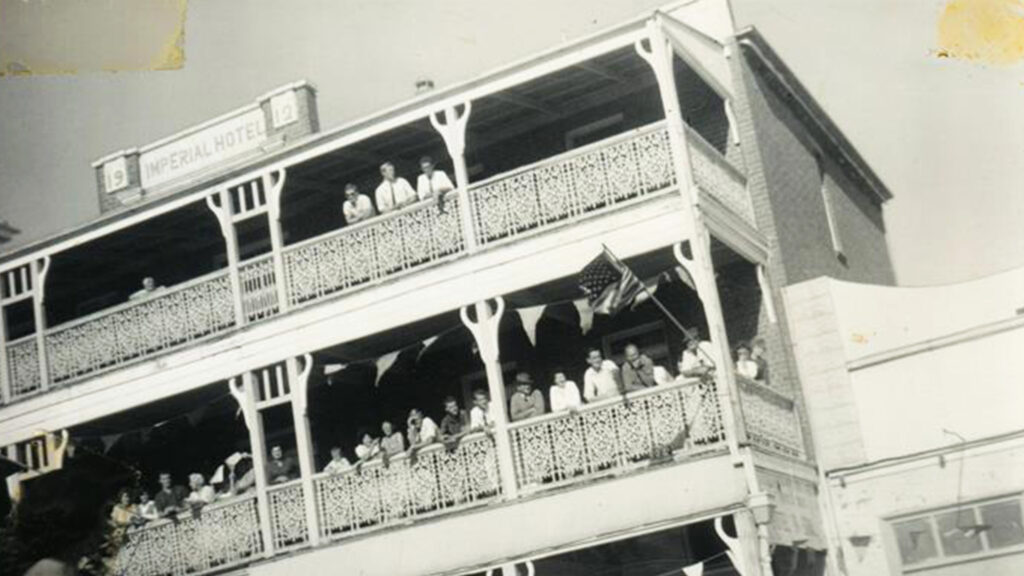
A man with an eye for passing trade, Mr John Selfe built the Imperial Hotel on what was to become Wee Waa’s main road. The 40-room hotel had already changed hands a few times and was leased by Mr W. Maher when a fire consumed the street on Valentine’s Day in 1912. The blaze started […]
Read More…
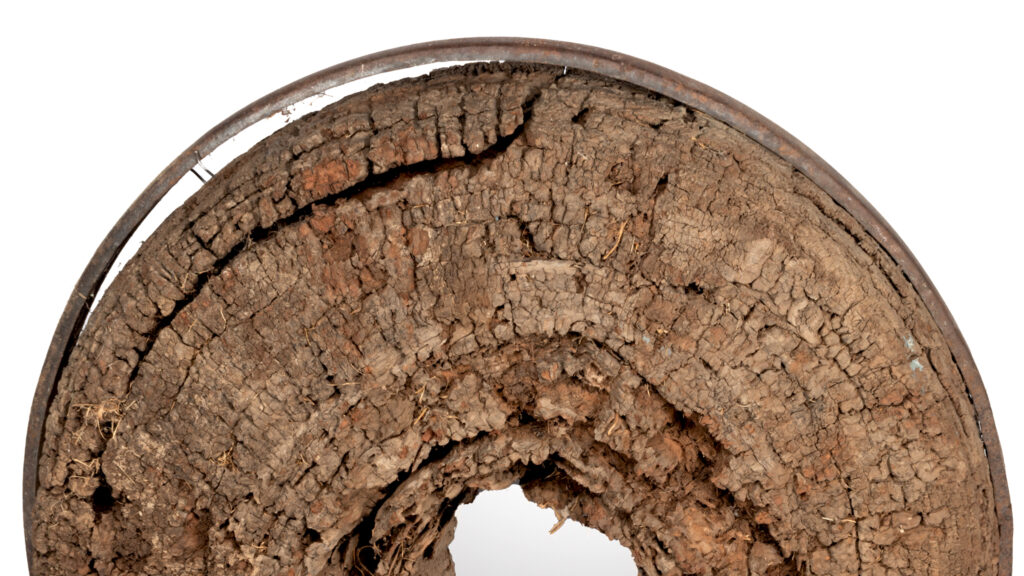
Established by one of Wee Waa’s earliest settler families in 1881, Schwager’s Sawmill grew to become one of the biggest businesses in town. Before the proliferation of the automobile, horse-drawn wagons with wheels cut from Ironbark trees wound their way through the lands of the Kamillaroi peoples, hauling logs from Pilliga Forest to Schwager’s Sawmill. […]
Read More…
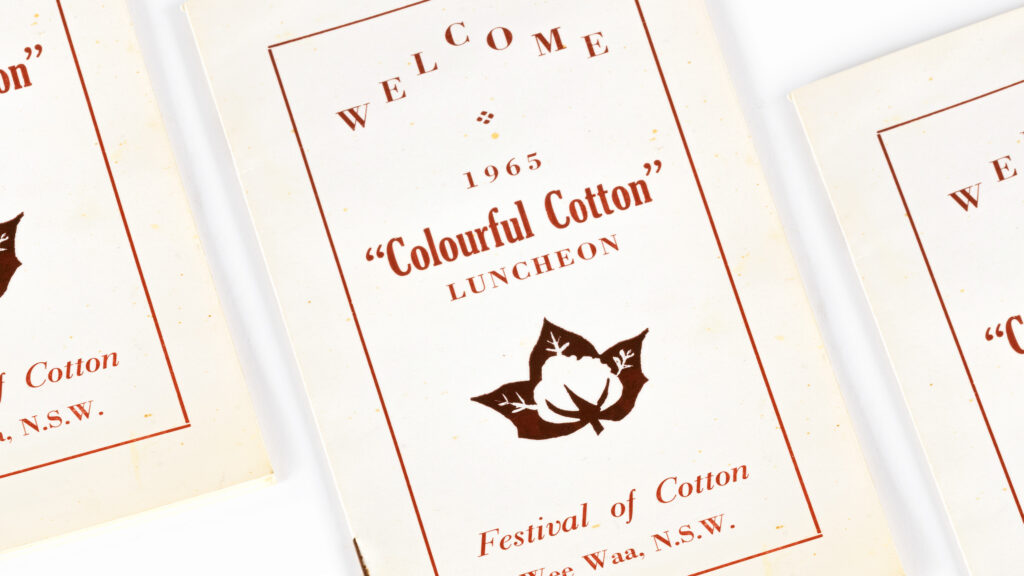
In 1961, frustrated with taxes and regulations in the United States, cotton growers Paul Kahl and Frank Hadley migrated with their families to Wee Waa on a hunch. Their arrival proved unexpectedly challenging for all concerned, the locals were wary of the pace and practices of the blow-ins, and the Americans struggled to get to […]
Read More…
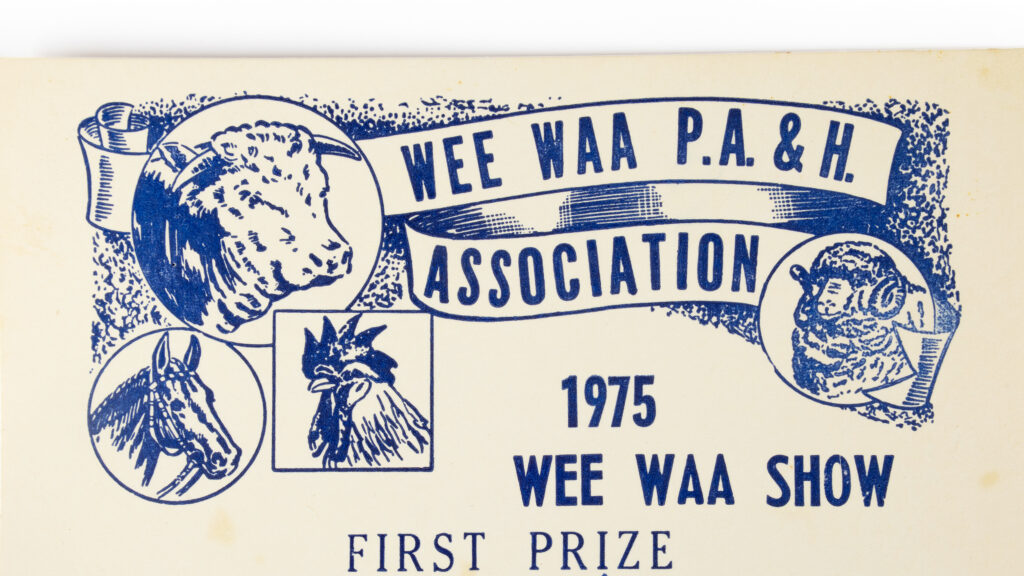
A staple of Indian cuisine for millennia, chutney had dramatically transformed by the time it made its way into Phylis Maunder’s kitchen in Wee Waa. The word ‘chutney’ comes from the Indian ‘chatni’ (sometimes spelt chutni), which means ‘to be licked.’ When the British staff of the East India Company (EIC) tasted chatni in the […]
Read More…
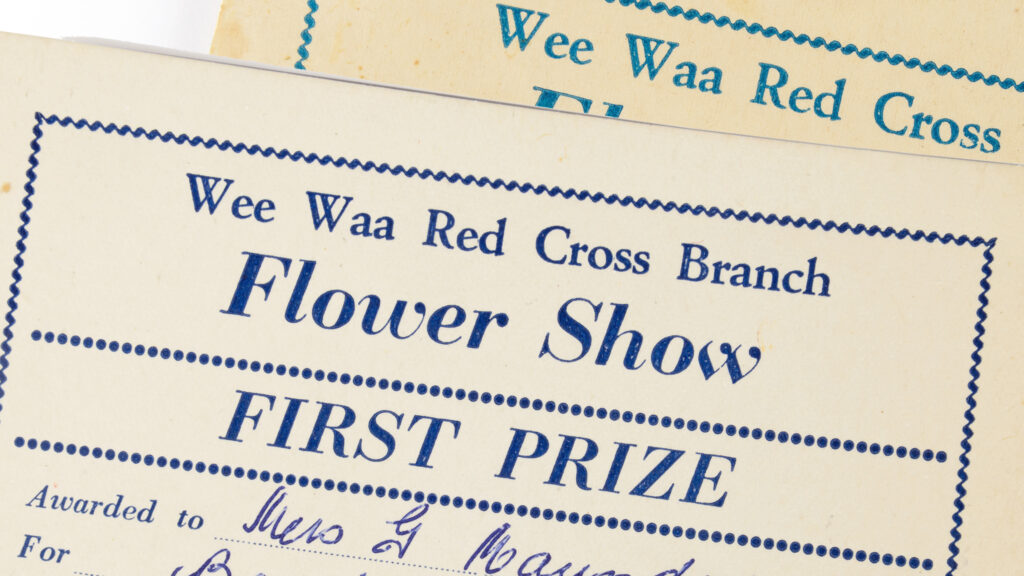
Flower shows have their roots in 17th and 18th century Britain, where they began as competitions among florists. Back then, florists weren’t the artful flower arrangers we know today; they were avid gardeners experimenting with breeding new flower varieties. A handful of plants (the readily mutating Sweet Pea (Lathyrus odoratus) included) became known as ‘florist’s […]
Read More…
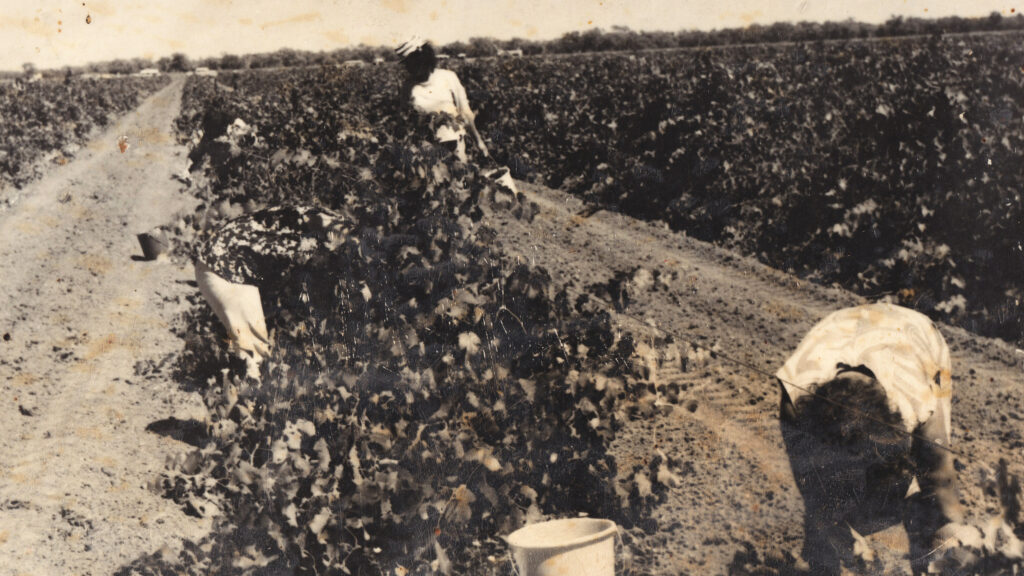
The crowning of cotton as king in the Namoi is widely credited to two Americans who arrived in the 1960s, but cotton was first discussed as a crop with potential forty years earlier. In 1921, the Imperial Cotton Committee investigated the land around the Namoi River. When nothing resulted following the visit, there were calls […]
Read More…
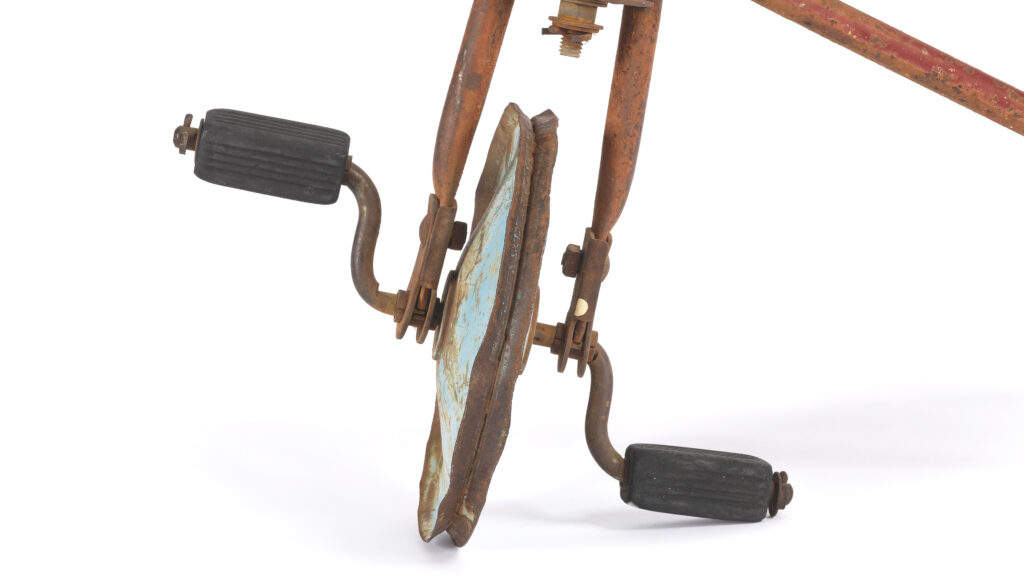
Milton Price was born in Nyngan, NSW, in January 1921. Doctors didn’t expect Milton or his two brothers, George and Stanley—all underweight and two months premature— to see the next day dawn. Miraculously, the triplets survived and Milton had the opportunity to thrive. Milton spent his formative years on the family’s property at Trangie; riding […]
Read More…
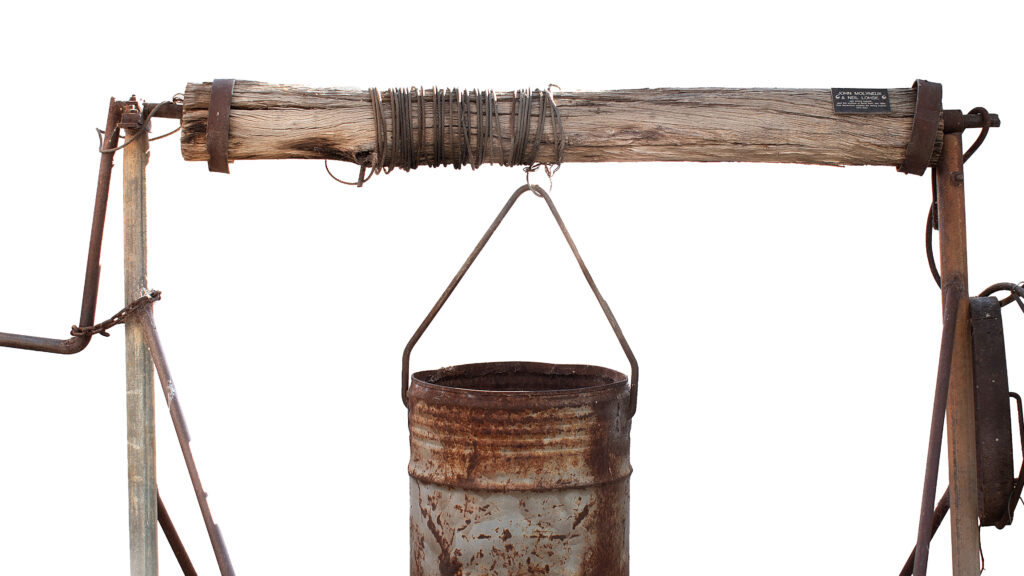
Known as the ‘miner’s mate,’ windlasses started to spring up on the morrillas (limestone ridges) of the Yuwaalaraay lands known as Wallangulla in 1900. Fast forward nine years, and the skyline of what had become known as ‘Lunatic Hill’ was littered with them. Used to winch up dirt-encrusted opals in ox-hide buckets to be picked […]
Read More…










